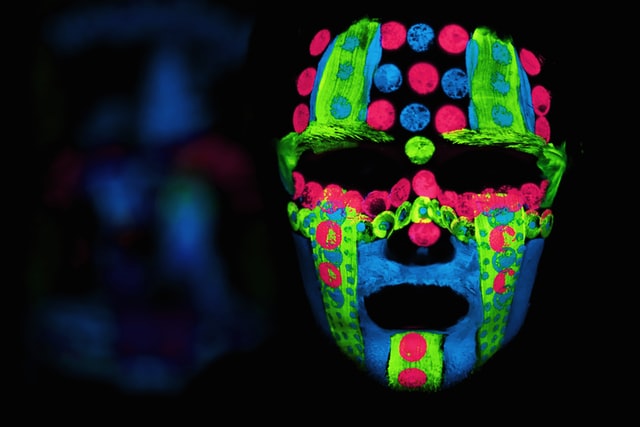New Citations | BIOPAC in Stimulus Presentation Studies
BIOPAC provides software and hardware that allows research teams to study stimulus presentation data. Here are a few notable studies using BIOPAC equipment for research on stimuli’s effects using ECG and SCL data.
Your Face Scares Me
This study addressed the impact of individual differences in social anxiety by examining the effects of perceptual load and stimulus valence when processing faces versus objects. By measuring reaction time and using a BIOPAC Data Acquisition System to measure ECG, the scientists were able to determine what types of stimuli affected people with elevated levels of social anxiety the most. Read the full study: Your face scares me: Effects of Perceptual load and Social Anxiety on processing of threatening and neutral faces (Marios Theodorou, Nikos Konstantinou, Georgia Panayiotou)
How Long Does Acute Stress Last?
Acute stress is a key indicator of the body starting the fight-or-flight response to a perceived threat. Researchers wanted to know how long acute stress affected subjects after several types of threatening stimuli were presented and then disappeared. By immersing participants in virtual reality to present the stimuli and using BIOPAC’s BioNomadix to measure cardiac output, scientists were able to see the duration of acute stress. Read the full study: Only time will tell: Acute stress response patterns with time series analysis (Brittany B. Nackley, Bruce H. Friedman)
Pavlovian Fear Conditioning in Humans
Learning which environmental cues predict danger is crucial for survival. Rodent studies have implicated a causative role for dopamine in the amygdala during fear memory formation, but human studies are unclear. Using tiny electric shocks generated by the STM100C module connected to the STM200 constant voltage stimulator when certain stimuli were presented, this study was able to see how the human brain reacted to fear conditioning. Read the full study: Dopamine facilitates fear memory formation in the human amygdala (Andreas Frick, Johannes Björkstrand, Mark Lubberink, Allison Eriksson, Mats Fredrikson, Fredrik Åhs)
![]() Learn More in “One Tool for Stimulus Presentation, Eye Tracking & Physiology Data”
Learn More in “One Tool for Stimulus Presentation, Eye Tracking & Physiology Data”
Stay Connected